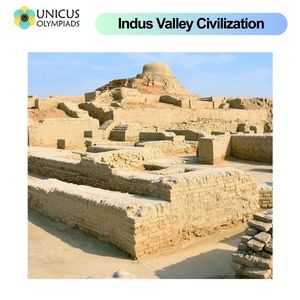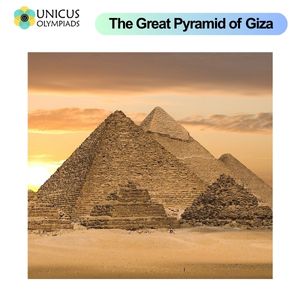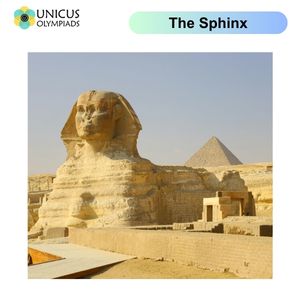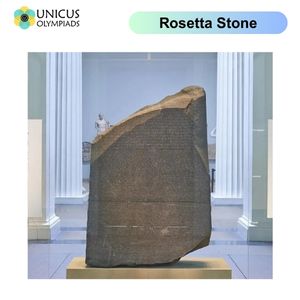

Ancient civilizations like the Indus Valley and Egypt are among the oldest and most advanced societies in human history. These civilizations laid the foundation for modern culture, governance, technology, and architecture. Their contributions continue to influence the world today, as they made advancements in writing, urban planning, agriculture, and much more. This article explores the key aspects of the Indus Valley and Ancient Egypt, highlighting their achievements, culture, and legacy.
The Indus Valley Civilization (also known as the Harappan Civilization) thrived between 3300 BCE and 1300 BCE in the northwestern regions of the Indian subcontinent, covering parts of present-day Pakistan, India, and Afghanistan. It is one of the world’s earliest urban civilizations, alongside Mesopotamia and ancient Egypt. The civilization is named after the two major cities of Harappa and Mohenjo-Daro, where most of the archaeological evidence has been found.

The Indus Valley civilization is renowned for its advanced urban planning. The cities were meticulously laid out in grid patterns, with well-organized streets and sophisticated drainage systems. Homes were constructed with baked bricks, and many buildings had flat roofs, indicating early architectural knowledge. Notable features of Indus Valley cities include:
The Indus Valley people were skilled artisans and traders. They crafted tools from stone, bone, and copper and are believed to have been among the first to use standardized weights and measures. The civilization engaged in extensive trade with Mesopotamia, exporting goods such as cotton, beads, and pottery.
While the cause of the decline of the Indus Valley Civilization remains unclear, theories include environmental changes such as droughts, shifts in river patterns, or the invasion of external tribes. By around 1300 BCE, the major cities were abandoned, and the civilization faded into history.
Ancient Egypt is one of the most well-known and influential civilizations in history. It thrived along the banks of the Nile River for over 3,000 years, from around 3100 BCE to 30 BCE, and was known for its incredible contributions to architecture, writing, art, and religion. Ancient Egypt’s political and religious life was centered around powerful pharaohs, who were seen as living gods.
The ancient Egyptians practiced polytheism, worshipping a wide variety of gods and goddesses associated with nature, death, and the afterlife. The Pharaoh, as the earthly representative of the gods, played a central role in both religious and political life. Major deities included Ra, the sun god; Osiris, the god of the afterlife; and Isis, the goddess of magic and motherhood.
The ancient Egyptians are perhaps most famous for their monumental architectural achievements, particularly the Pyramids of Giza, which served as tombs for the pharaohs. The construction of these pyramids required advanced knowledge of mathematics, engineering, and labor management. The Great Pyramid of Giza, built for Pharaoh Khufu around 2580 BCE, remains one of the Seven Wonders of the Ancient World.


Ancient Egyptians developed a system of writing known as hieroglyphics, which combined pictorial symbols and phonetic elements. Hieroglyphs were used in religious texts, monuments, and official documents. The Rosetta Stone, discovered in 1799, was instrumental in deciphering the meaning of hieroglyphs, allowing scholars to understand Egyptian texts for the first time.

The decline of Ancient Egypt is often attributed to a combination of internal factors, such as political instability and economic decline, as well as external invasions by the Persians, Greeks, and Romans. In 30 BCE, Egypt became a province of the Roman Empire after the defeat of Cleopatra VII, marking the end of the Ptolemaic Kingdom and the ancient Egyptian civilization.
Both the Indus Valley and Ancient Egypt made lasting contributions that shaped the development of human civilization: